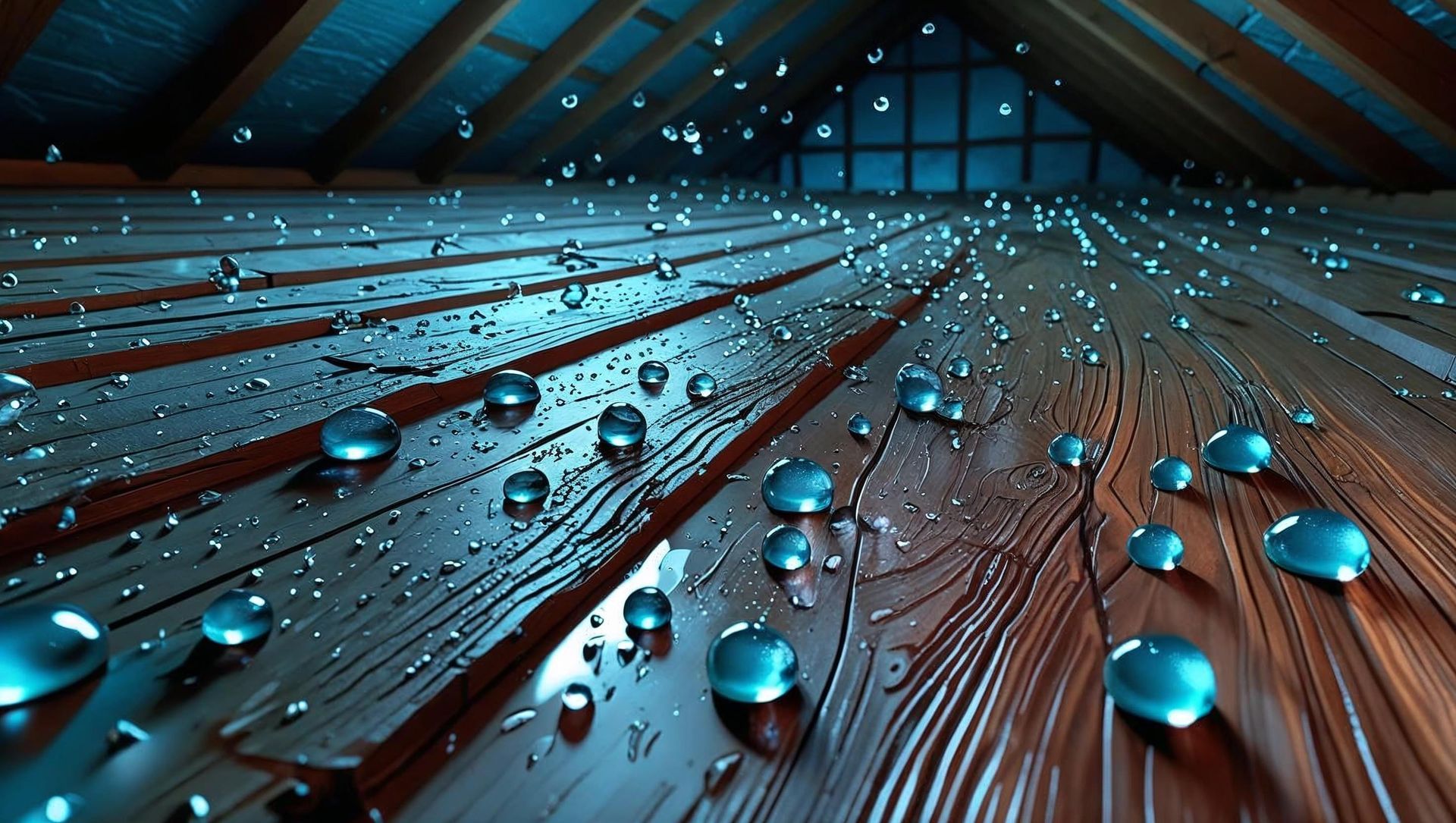Learn how proper insulation prevents mold and saves on energy
Introduction: Mold Menace in Maine Homes
Imagine your home is like a big, fluffy winter jacket. If it has holes or thin patches, cold air gets in, making you chilly and uncomfortable. Now, think about your house the same way. Without proper insulation, not only does it get colder, but it also invites an unwanted guest: mold. This sneaky intruder thrives in damp, chilly spots, hiding where you least expect it. For anyone, especially those with allergies, this can turn your cozy retreat into a sniffly nightmare. It's crucial to seal it against the cold and the potential health hazards of mold.
The Hidden Hazards of Mold
Mold is not just an unsightly patch on the wall; it's a serious health risk for you, your children, and even your pets. It can sneak into your home, taking refuge in damp corners, behind walls, and under floors—places you rarely check. Once it takes hold, mold can cause stuffy noses, itchy skin, coughing, and sneezing. For those with allergies or asthma, these symptoms can be even more severe. Pets are equally at risk, suffering from similar, sometimes unnoticed symptoms. However, when you seal it with proper insulation, you drastically reduce the chances for mold to grow, safeguarding the health of your household.
Sealing Comfort: Spray Foam Insulation Explained
Spray foam insulation is like a magic spray that expands to fill up all the nooks and crannies in your home's walls, floors, and ceilings. This not only keeps your home warm and toasty but also blocks moisture, which is a mold's best friend. Paying special attention to crucial areas like attics, basements, and exterior walls with spray foam can enhance your living comfort while defending your family and furry friends from the dangers of toxic mold. Plus, with the help of generous rebates, this upgrade is more affordable than you might think.
Mattra and Efficiency Maine: A Team for Healthier Homes
Mattra has teamed up with Efficiency Maine to offer Maine residents a substantial financial boost when insulating their homes—rebates start at 40% and can cover up to 100% of the cost. On top of that, Mattra is at the ready to test for mold and remove it, ensuring your home remains a safe haven. This comprehensive approach keeps your home clean, safe, and energy-efficient. Lets seal it!
Ready to Upgrade Your Home?
Don’t wait for mold to become a problem. Fill out our easy Get Started Form or call us at 207-777-6020 for a free estimate and to check your eligibility for rebates. Make your Maine home warmer, healthier, and more efficient today!








